Firefighting is a critical profession that requires the right tools and equipment to ensure the safety of the firefighters and those they are helping. One of the most important pieces of personal protective equipment is the fire helmet. In this article, we delve into the distinctions between European and American fire helmets, exploring their features, safety aspects, and the preferences of firefighters on both continents.
Introduction to Fire Helmet Styles
Fire helmets have evolved significantly over the years, with different styles emerging in Europe and America. The European fire helmet and the traditional American fire helmet are tailored to meet specific safety standards and functional requirements, reflecting the diverse firefighting techniques and scenarios encountered in their respective regions.
European Fire Helmet
European fire helmets are known for their modern, compact design that resembles a motorbike helmet. These helmets are lightweight and offer features like integrated visors and eye protection, making them adaptable to a variety of emergency situations, including firefighting and rescue operations. The design of European fire helmets emphasizes not only safety but also comfort and ease of use in high-stress environments. They often come with adjustable components to ensure a snug fit, enhancing the firefighter’s mobility and efficiency.
- Design: Modern, compact, similar to motorbike helmets
- Material: Lightweight, durable materials like polycarbonate
- Safety Features: Integrated visors, advanced eye protection
- Functionality: Versatile, suitable for various emergency scenarios
- Comfort: Adjustable components for a snug fit
- Ventilation: Enhanced airflow to reduce heat buildup
Traditional Fire Helmet
The traditional American fire helmet, often recognized by its distinctive long rear brim and front badge, carries a design that has been a symbol of bravery and firefighting for over a century. These helmets are typically made from robust materials like leather or thermoplastic, providing excellent durability and protection against falling debris and high heat. The traditional design includes a wide brim to deflect water and debris away from the wearer’s face and neck, which is particularly useful in structural firefighting.
- Design: Distinctive long rear brim, front badge
- Material: Primarily leather or thermoplastic
- Durability: High level of protection against debris and heat
- Symbolism: Iconic symbol of bravery and firefighting history
- Protection: Wide brim deflects water and debris
- Weight: Heavier than European helmets, providing a solid feel
Design and Material Differences
The design and materials used in European and American fire helmets vary significantly, influencing their performance and durability.
European Fire Helmet Materials
European fire helmets are typically made from advanced thermoplastics or composite materials. These materials provide excellent heat resistance while maintaining a lighter weight, contributing to less fatigue and greater comfort during extended use. The choice of materials also allows for innovative design features, such as integrated visors and enhanced ventilation systems.
- Material: Advanced thermoplastics, composite materials
- Heat Resistance: Excellent, preventing deformation under high temperatures
- Weight: Lightweight, reducing fatigue during long operations
- Comfort: Enhanced by the light materials and ergonomic design
- Innovation: Allows for integrated visors and ventilation systems
- Durability: High resistance to impact and wear
- Maintenance: Easy to clean and maintain, prolonging helmet life
Traditional Fire Helmet Materials
American fire helmets are often made from leather or tough thermoplastics. Leather helmets, in particular, are prized for their traditional aesthetic and exceptional durability. These helmets are capable of withstanding intense conditions without melting or deforming, making them highly reliable in severe firefighting environments. The use of leather also adds a historical and symbolic value to the helmet, maintaining a link to the rich heritage of American firefighting.
- Material: Leather, tough thermoplastics
- Durability: Exceptional, withstands intense conditions without melting or deforming
- Aesthetic: Traditional design, symbolic of firefighting heritage
- Protection: High level of protection against debris and heat
- Symbolism: Represents bravery and the history of American firefighting
- Comfort: Moldable leather conforms to the head over time
- Weight: Heavier construction offers a sense of security
Safety Features and Certifications
Both helmet styles meet rigorous safety standards but differ in their specific certifications and features designed to protect against various hazards.
European Fire Helmet Safety Features
European fire helmets often include built-in communication systems, reflective elements for better visibility, and a modular design that allows for the integration of additional protective features such as ear protection and neck guards. These helmets are designed to provide comprehensive protection while enhancing the firefighter’s ability to communicate and be seen in low-visibility conditions.
- Built-in Communication Systems: Facilitates clear communication during operations.
- Reflective Elements: Enhances visibility in low-light conditions.
- Modular Design: Allows for the integration of additional protective features like ear protection and neck guards.
- Ventilation: Advanced ventilation systems to reduce heat buildup.
- Integrated Visors: Provides eye protection without the need for separate goggles.
- Ergonomic Fit: Adjustable features for a comfortable and secure fit.
- Impact Resistance: Designed to absorb and dissipate energy from impacts.
- Fire Retardant Materials: Constructed from materials that resist burning and melting.
Traditional Fire Helmet Safety Features
American fire helmets emphasize protection against impact and penetration, with features like a higher front shield to protect the face and neck. They also often include a ratchet system for easy adjustment and a secure fit. These helmets are designed to withstand the harsh conditions of structural firefighting, providing robust protection against falling debris and high heat.
- Impact Protection: High front shield to protect the face and neck.
- Penetration Resistance: Durable materials to prevent penetration by sharp objects.
- Ratchet System: Easy adjustment for a secure and personalized fit.
- Heat Resistance: Materials designed to withstand high temperatures without deformation.
- Wide Brim: Deflects water and debris away from the face and neck.
- Chin Strap: Secure chin strap to keep the helmet in place during intense activities.
- Fire Retardant Coating: Additional coating to enhance fire resistance.
- Interior Padding: Enhanced padding for comfort and additional impact protection.
User Comfort and Ergonomics
The comfort and ergonomic design of fire helmets are crucial for the effectiveness and endurance of firefighters during long and demanding tasks.
European Fire Helmet Ergonomics
European fire helmets are designed with a focus on balance and lower weight, significantly reducing neck strain. Their ergonomic design includes adjustable interior fittings that allow for a customized fit, ensuring that the helmet stays securely in place during intense activities. The ventilation systems in these helmets are advanced, providing excellent airflow to keep the head cool and reduce sweat accumulation. This combination of features ensures that European fire helmets provide a high level of comfort even during prolonged wear.
- Weight Distribution: Lightweight design reduces neck strain.
- Adjustable Interior Fittings: Customizable for a secure and comfortable fit.
- Ventilation Systems: Advanced airflow systems to maintain a cool head.
- Padding: Soft, durable padding enhances comfort.
- Balance: Optimized for even weight distribution.
- Moisture Control: Materials that wick away sweat.
- Helmet Stability: Secure fit to prevent helmet movement.
- Ease of Use: Quick adjustment mechanisms for on-the-go fitting.
- Impact Absorption: Materials designed to absorb and dissipate impact energy.
Traditional Fire Helmet Ergonomics
Traditional American fire helmets, though heavier, are designed to distribute weight evenly across the head, minimizing the perceived weight and reducing neck and shoulder strain. The helmets feature customizable padding, which not only enhances fit and comfort but also provides additional protection. The interior of these helmets is often lined with materials that absorb sweat and provide cushioning, making them more comfortable during extended use. Despite their heavier construction, the ergonomic design ensures that American fire helmets remain practical for long-term wear in challenging conditions.
- Weight Distribution: Balanced to minimize perceived weight.
- Customizable Padding: Enhances fit and comfort, provides additional protection.
- Sweat Absorption: Interior materials absorb sweat, maintaining comfort.
- Cushioning: Additional padding for prolonged wear.
- Stability: Secure fit to prevent helmet movement during activity.
- Durability: Materials designed to withstand rough use.
- Heat Resistance: Materials that prevent heat buildup.
- Chin Strap Comfort: Adjustable chin strap for better comfort and stability.
- Helmet Longevity: Designed for long-term durability and consistent performance.
Regional Preferences and Trends

The choice of fire helmets can also be influenced by regional preferences and trends, which are shaped by cultural and operational factors.
European Preferences
In Europe, fire helmets are designed with a strong emphasis on versatility and modern technology integration. The European fire helmet vs. American fire helmet debate often highlights the European focus on multifunctionality and ergonomics. Here are the primary reasons behind the European preference:
- Lightweight Design: European helmets are generally lighter, allowing for greater mobility and less fatigue during prolonged use. The materials used, such as advanced composites, contribute to the reduced weight without compromising safety.
- Multifunctionality: These helmets are often equipped to handle various emergency scenarios beyond firefighting, such as rescue operations, hazardous material incidents, and medical emergencies. This multifunctionality ensures that firefighters can efficiently respond to a wide range of situations.
- Ergonomic Focus: Comfort and fit are prioritized, with adjustable features to accommodate different head sizes and shapes. European helmets often include padded interiors and customizable adjustments to enhance the comfort for long hours of use.
- Modern Technologies: European helmets frequently integrate advanced technologies, such as communication systems, thermal imaging, and enhanced visibility features. These technologies facilitate better coordination and safety during operations.
- Safety Standards: European fire helmets adhere to strict safety standards, such as the EN 443 standard, ensuring high levels of protection and performance in various conditions.
American Preferences
In the United States, tradition and robust protection are at the forefront of fire helmet design. The European vs. American fire helmet comparison often underscores the deep-rooted cultural significance and practical benefits of American helmets. Key factors influencing the American preference include:
- Tradition: The traditional design of American fire helmets is iconic and holds significant cultural value within the firefighting community. The shape, style, and even the leather material of some helmets are reminiscent of historical firefighting gear, maintaining a strong link to the past.
- Robust Protection: These helmets are built to provide excellent protection against the intense hazards encountered in structural firefighting. They are designed to withstand high heat, falling debris, and other dangers common in firefighting environments.
- Durability: American helmets are known for their durability, capable of withstanding harsh conditions over extended periods. The materials used, such as fiberglass and Kevlar, contribute to their long-lasting nature.
- Culturally Ingrained Design: The distinct look of the traditional helmet is a symbol of the firefighting profession in the U.S., fostering a sense of pride and identity among firefighters.
- Customization: Many American helmets can be customized with different shields, colors, and insignia, allowing firefighters to personalize their gear and reflect their individual departments or ranks.
Future Innovations in Fire Helmets
The future of fire helmets looks promising with continuous innovations aimed at enhancing firefighter safety and comfort.
Technological Advancements in European Fire Helmets
Future European fire helmets are expected to incorporate cutting-edge technologies and materials to improve safety, functionality, and comfort. The European fire helmet vs. American fire helmet debate will likely emphasize the following advancements:
- Advanced Communication Systems: Enhanced communication capabilities will be integrated into helmets, allowing firefighters to maintain clear and uninterrupted communication during operations. This includes noise-canceling microphones, Bluetooth connectivity, and real-time data transmission.
- Augmented Reality (AR) Features: AR technology will provide firefighters with real-time information overlays, such as building layouts, hazard locations, and escape routes, directly in their field of view. This will significantly improve situational awareness and decision-making.
- Improved Integration with Protective Gear: Future helmets will seamlessly integrate with other protective equipment, such as breathing apparatus and thermal imaging cameras, ensuring a cohesive and efficient protective ensemble.
- Lightweight Materials with Enhanced Durability: Innovations in material science will lead to the development of lighter yet more durable helmet materials. These materials will offer superior impact resistance and thermal protection while reducing fatigue.
- Environmental Sensors: Helmets may include sensors to monitor environmental conditions, such as temperature, toxic gas levels, and structural integrity, providing firefighters with critical information to enhance safety.
Traditional Helmet Innovations for American Fire Helmets
For traditional American fire helmets, future innovations will focus on enhancing protective features while preserving the iconic design. The European vs. American fire helmet discussion will highlight the following advancements for American helmets:
- Improved Impact Resistance: Future helmets will incorporate advanced materials and design enhancements to better absorb and dissipate impact forces, reducing the risk of head injuries.
- Enhanced Thermal Protection: Innovations in thermal insulation will provide better protection against extreme heat, ensuring firefighters can operate safely in high-temperature environments.
- Modern Communication Devices: Integration of modern communication devices, such as built-in radios and wireless headsets, will improve communication without compromising the helmet’s traditional aesthetic.
- Lightweight Construction: Efforts will be made to reduce the weight of traditional helmets while maintaining their robust protective qualities, enhancing comfort and reducing fatigue.
- Customizable Features: Future helmets will offer more customization options, allowing firefighters to personalize their gear with advanced protective features tailored to their specific needs.
Conclusion
Choosing between a European fire helmet and a traditional American fire helmet depends on numerous factors, including the nature of the firefighting tasks, personal comfort, budget, and regional safety regulations. Both styles have evolved to meet the high standards required in firefighting, each with its unique advantages and loyal users.
In this exploration of European vs. American fire helmets, we’ve uncovered the nuances that make each style distinctive and essential in its own right, equipping firefighters with the necessary information to make an informed choice about their critical protective gear.
FAQ
The main difference lies in the design and materials. European helmets are more compact and lighter, while American helmets focus on robust protection and have a traditional design.
Both helmets offer excellent heat resistance but through different materials and construction techniques. The choice often depends on the specific conditions and personal preference of the firefighters.
Yes, as long as they meet local certification and safety standards, which can vary significantly between regions.
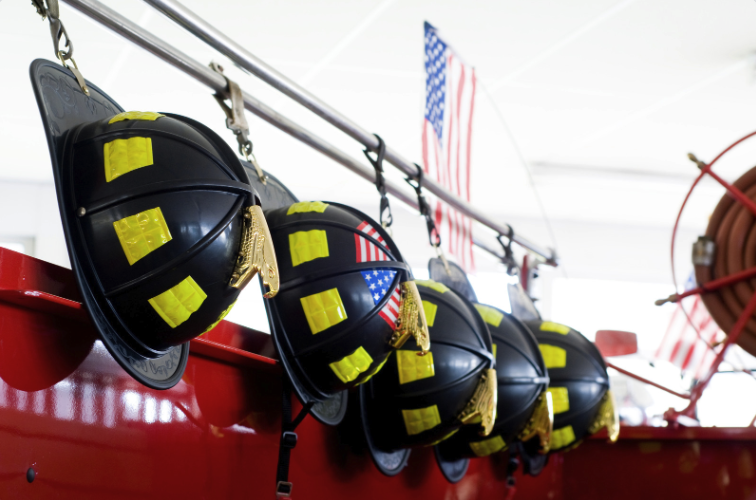
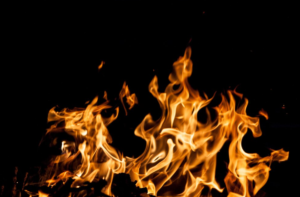

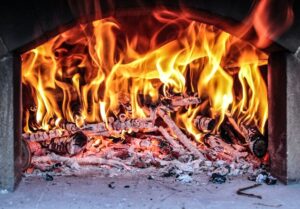


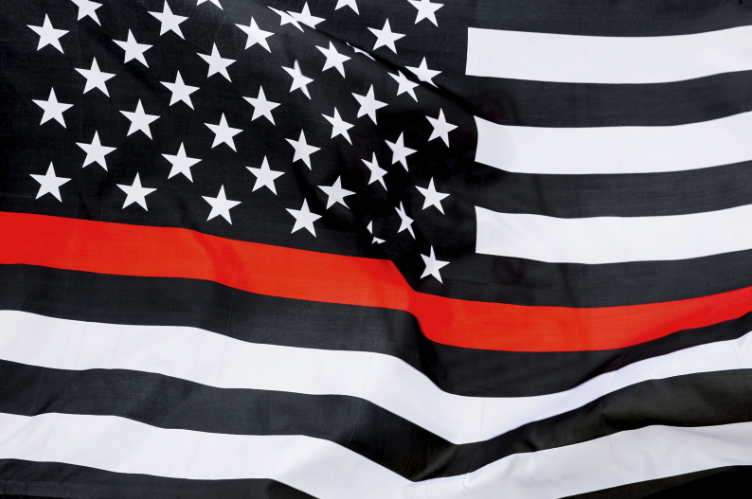
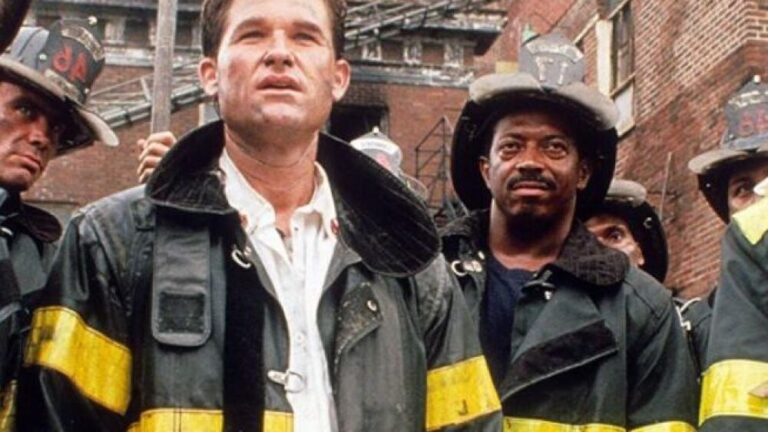
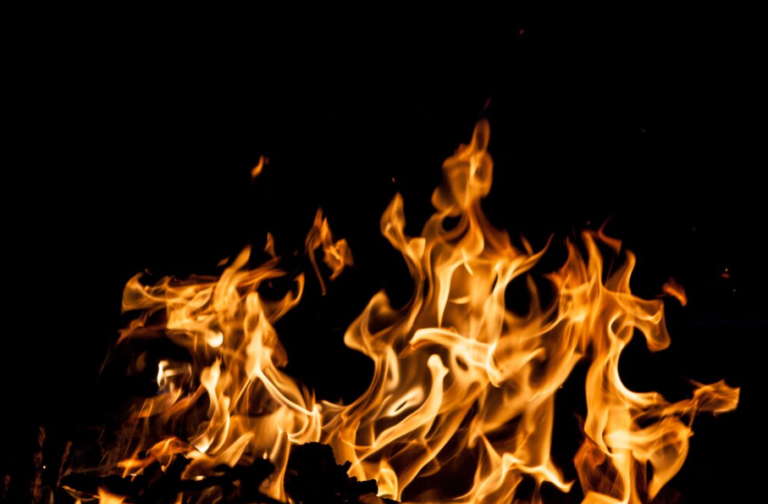
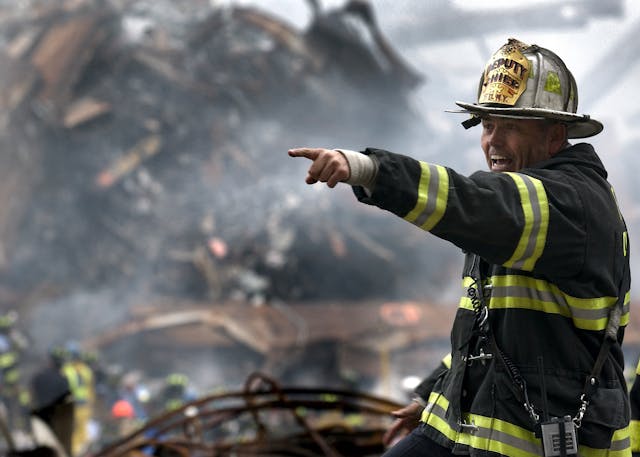
+ There are no comments
Add yours